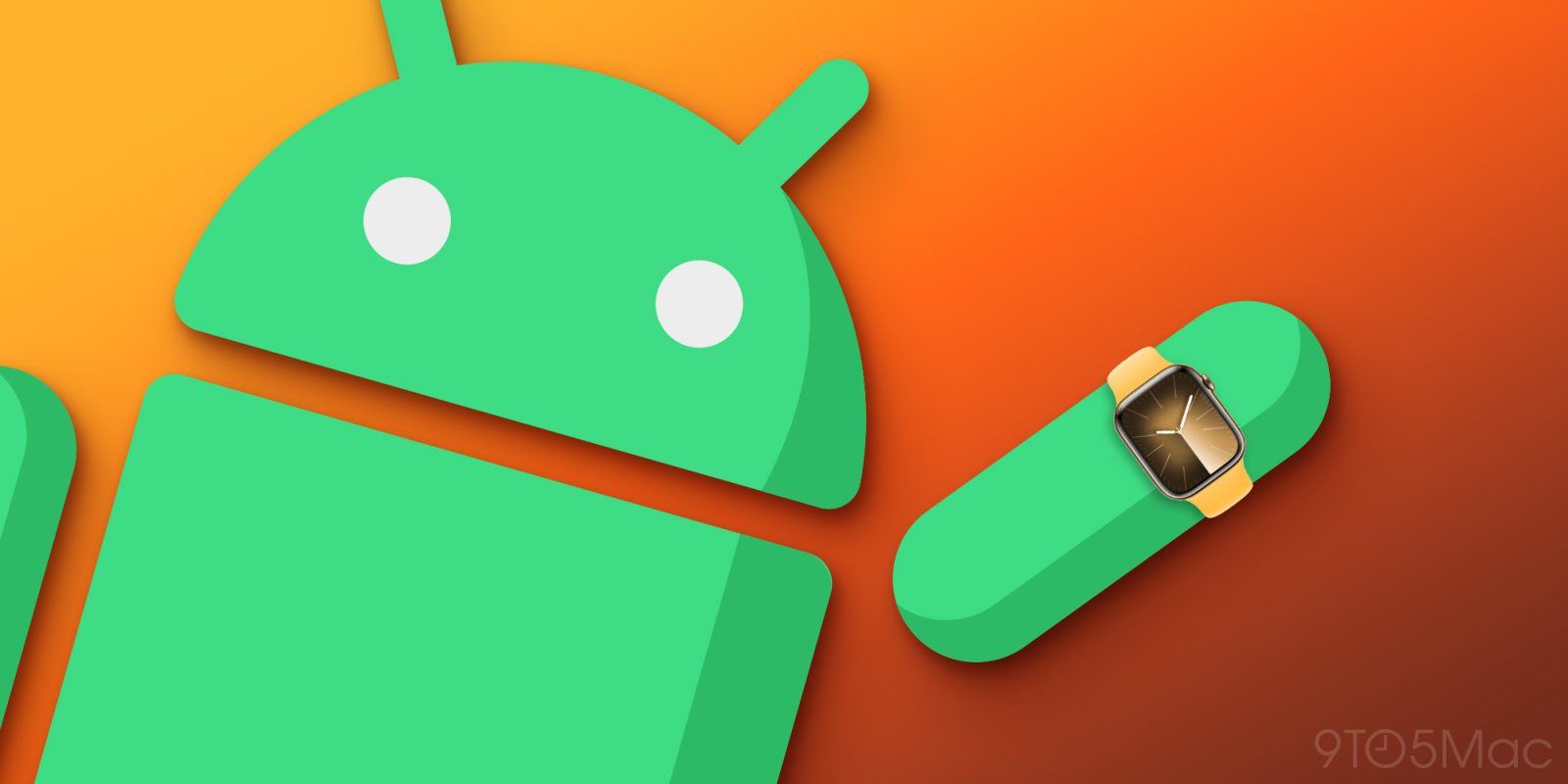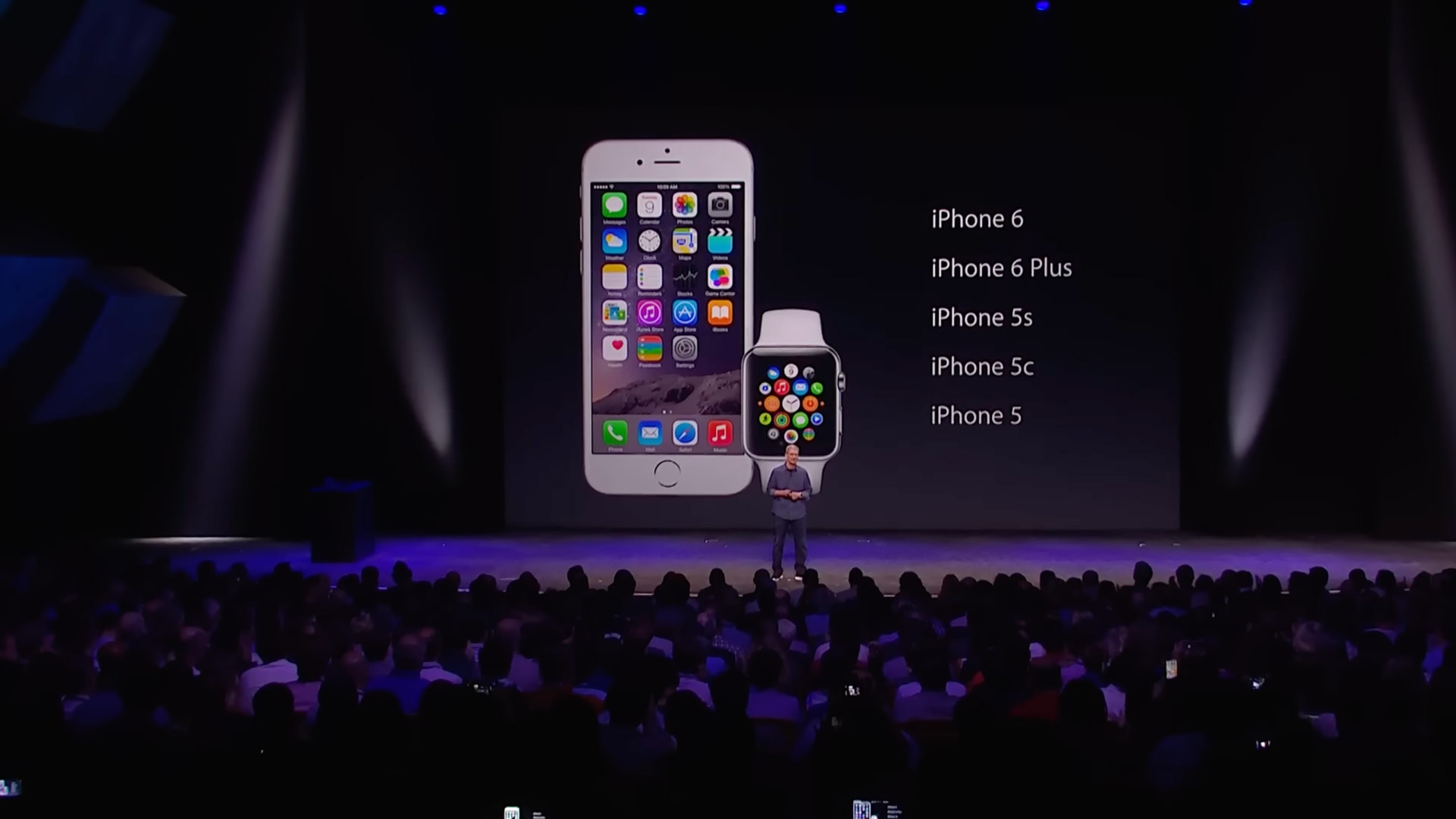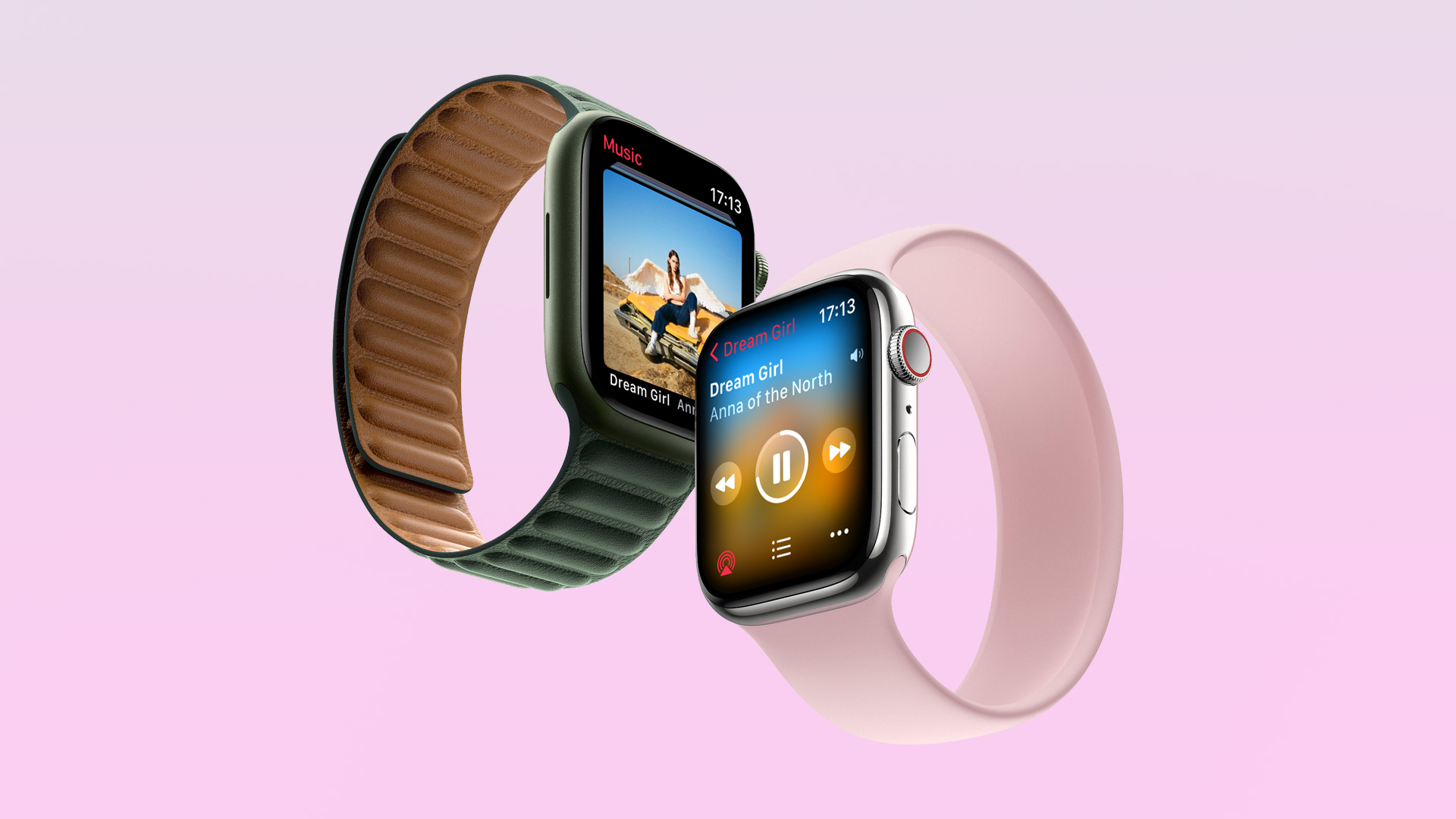
After the US Department of Justice (DOJ) officially filed an antitrust lawsuit against Apple, the company immediately defended itself against the accusations with a series of statements. Interestingly, Apple even confirmed that it considered making the Apple Watch compatible with Android at some point. However, doing so wouldn’t be easy for Apple from a technical and strategic standpoint.
Apple Watch and iPhone
When Apple Watch was announced in 2014, Apple made it clear that it was designed as an accessory for iPhone users. Pairing and setting up an Apple Watch requires a smartphone from Apple, and that’s it – it doesn’t work with an iPad or Mac, for example.
As the years went by, Apple made the Apple Watch a little less dependent on the iPhone. You can, for example, set up an Apple Watch for a child even if the child doesn’t have an iPhone of their own. However, an iPhone is still required, and the DOJ is using this fact as evidence to justify its claim that Apple is a monopoly.
Apple’s smartwatch—Apple Watch—is only compatible with the iPhone. So, if Apple can steer a user towards buying an Apple Watch, it becomes more costly for that user to purchase a different kind of smartphone because doing so requires the user to abandon their costly Apple Watch and purchase a new, Android-compatible smartwatch.
According to Apple itself, the company has considered making its smartwatch compatible with Android smartphones. However, the idea was scrapped after a three-year investigation. Apple says the project wasn’t feasible due to technical limitations. While it’s easy to think that the company gave up on the idea because of its business strategy, there are in fact many technical limitations behind making Apple Watch compatible with Android.

watchOS heavily relies on iOS
watchOS, the Apple Watch operating system, is an independent platform based on iOS, just like tvOS. However, because of the way watchOS was developed, it’s directly tied to many of the features available in iOS in order to operate.
In the early days of watchOS, it wasn’t possible to run apps using the Apple Watch hardware. Instead, apps ran directly on the iPhone and were mirrored in the background to the Watch screen. This was partly because watchOS was a new platform, which gave Apple more time to refine a native SDK before making it available to developers.
But at the same time, Apple made the Apple Watch super reliant on the iPhone because it would also save a lot of hardware usage. The first Apple Watch didn’t have a powerful chip – those who had the experience of using one probably remember how long it took to open an app or reboot the Watch.
The Apple Watch is essentially a mirror for what happens on the iPhone.

The Apple Watch has become more independent, but…
A lot of things have changed since then. With watchOS 2, Apple finally allowed developers to create apps that run natively on the Apple Watch hardware. Native apps can connect to Wi-Fi and work even when the iPhone isn’t nearby. At the same time, new versions of the Apple Watch have been equipped with more powerful chips.
Apple Watch Series 3 was also a significant leap forward when it came to reducing reliance on the iPhone. With the introduction of the Cellular version, Apple made a lot of changes to make more watchOS apps work on their own without the iPhone. This allowed users to send iMessages and even stream Apple Music directly from the 4G network.
Apple Watch is now more independent than ever. Most apps work without an iPhone nearby, especially for those who have a Cellular version. However, the foundation of watchOS 10 is essentially the same as before. There are still a lot of iOS frameworks that are required to make the Apple Watch work. The setup process still gets everything it needs from an iPhone.
A great example of this is that, in order to use some new watchOS features, users also need to update to the latest version of iOS because of the shared frameworks between the two platforms.

Apple Watch for Android wouldn’t be impossible, but would it make sense?
Does this mean that it’s impossible to make Apple Watch work with an Android phone? Not really. However, it would certainly require a lot more effort from Apple, which is still slowly working on making the Watch less dependent on its own smartphone.
Apple would have to completely overhaul the Apple Watch setup process and the way it handles things like eSIM, for example. Because before making the Apple Watch compatible with Android, Apple would have to completely separate watchOS from iOS. Could Apple do that eventually? Absolutely. Would it be worth the effort? I don’t think so.
At this point, Apple probably sees more value in convincing people interested in having an Apple Watch to buy an iPhone than selling a few more Watch units to a few Android users here and there. And we can’t blame Apple for that – there are competitor smartwatches that only work with Android.
If there’s one thing the company could do right now, it would be to open up its APIs so that other interested companies can better integrate their smartwatches and other accessories with iOS without having to rely on tricks and workarounds. But that’s a topic for another article.
What about you? Let us know if you would use an Apple Watch with an Android phone if it were possible.
FTC: We use income earning auto affiliate links. More.





